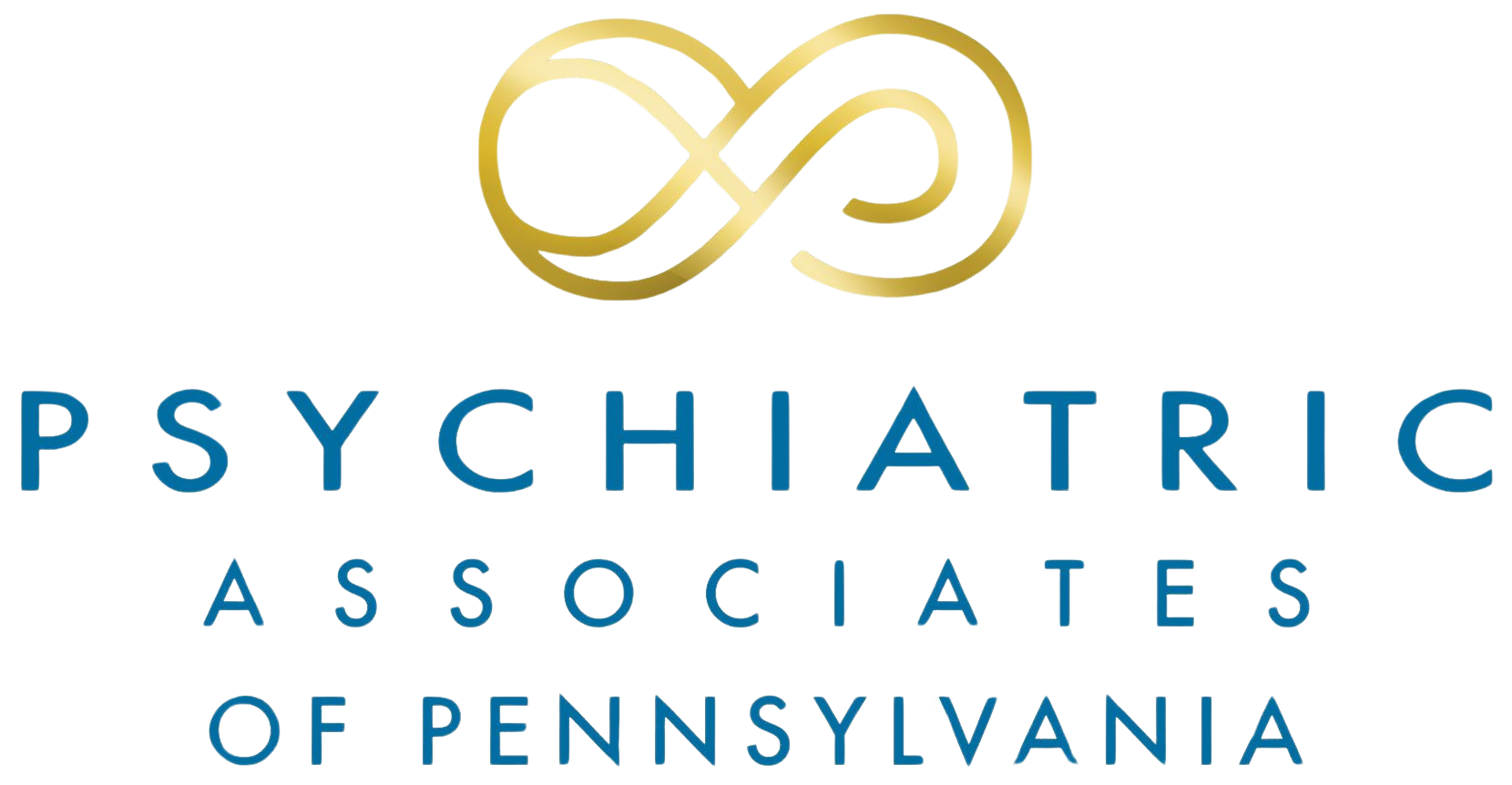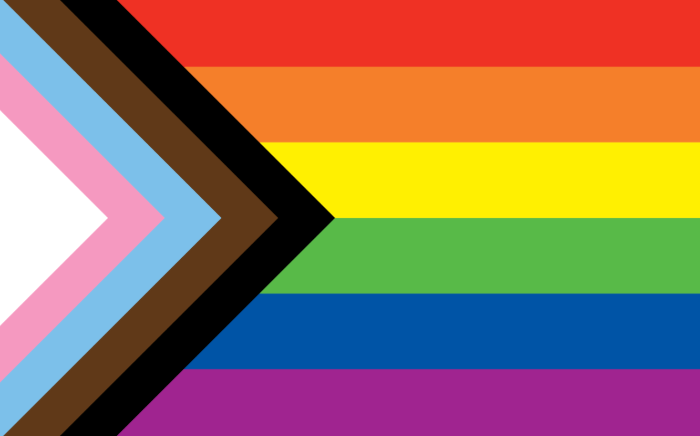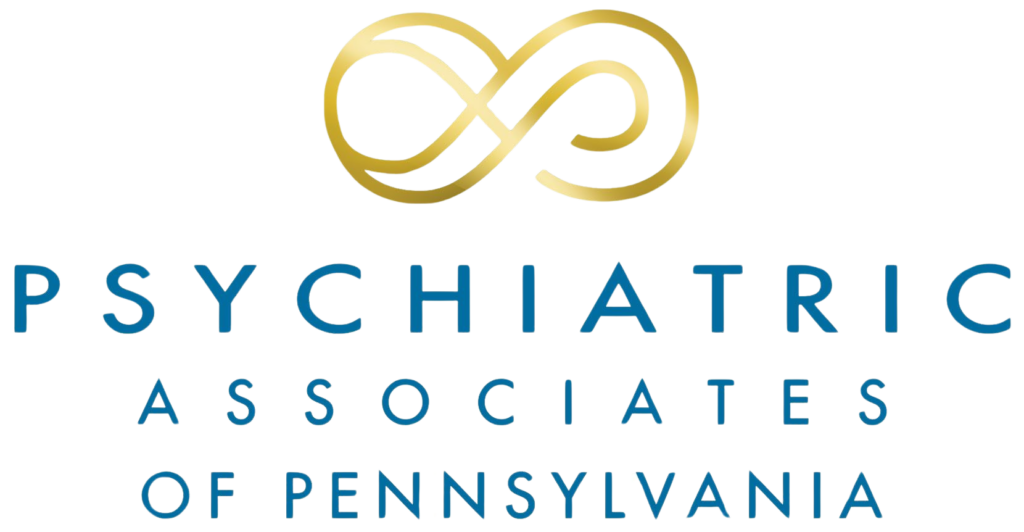LGBTQIA+ therapy, also known as LGBTQIA+-affirmative therapy or queer-affirmative therapy, is a therapeutic approach that specifically focuses on the mental health needs and experiences of individuals who identify as lesbian, gay, bisexual, transgender, queer, intersex, asexual, and other diverse sexual orientations, gender identities, and gender expressions within the LGBTQIA+ community. LGBTQIA+ therapy is designed to create a safe, supportive, and non-judgmental space for clients to explore their identities, experiences, and concerns. It acknowledges and affirms the unique challenges and discrimination that LGBTQIA+ individuals may face, including societal stigma, prejudice, and discrimination.
There are several unique mental health considerations for LGBTQIA+ individuals that stem from the specific challenges and experiences they may encounter. Here are some key considerations:
- Coming Out and Identity Formation: Coming out is a significant process for many LGBTQIA+ individuals. It involves self-discovery, acceptance, and disclosure of one’s sexual orientation or gender identity to others. It can be a source of both liberation and stress, as individuals navigate reactions from family, friends, and society. Identity formation is an ongoing process that may involve exploring and understanding oneself within the context of sexual orientation, gender identity, and gender expression.
- Minority Stress and Discrimination: LGBTQIA+ individuals often face higher levels of minority stress due to societal stigma, discrimination, and prejudice. This chronic stress can contribute to mental health issues such as depression, anxiety, and substance abuse. Experiences of discrimination in various settings, including healthcare, employment, and education, can further impact mental well-being.
- Family and Social Support: Positive social support, particularly from family and friends, is crucial for the well-being of LGBTQIA+ individuals. Lack of acceptance or rejection from loved ones can have a significant impact on mental health. Conversely, supportive social networks, including chosen families and LGBTQIA+ communities, can provide validation, understanding, and a sense of belonging.
- Gender Dysphoria and Transition: Gender dysphoria refers to distress experienced by individuals whose gender identity differs from the sex assigned at birth. Transgender and non-binary individuals may undergo a process of social, medical, or legal transition to align their external presentation with their gender identity. Access to gender-affirming care, including hormone therapy or gender-affirming surgeries, can be important for mental well-being.
- Intersectionality: LGBTQIA+ individuals have diverse identities that intersect with their sexual orientation or gender identity, such as race, ethnicity, religion, disability, and socioeconomic status. The intersectionality of these identities influences an individual’s experiences and can impact mental health outcomes. Intersectional approaches are essential in understanding the unique needs and experiences of LGBTQIA+ individuals.
- Culturally Competent Care: It is crucial for mental health clinicians to be knowledgeable about LGBTQIA+ issues, terminology, and the specific challenges faced by this community. Culturally competent care involves understanding the diverse experiences, needs, and backgrounds of LGBTQIA+ individuals, and providing affirming and inclusive support.
- Resilience and Pride: LGBTQIA+ individuals often develop resilience and pride in navigating their unique experiences. Embracing and celebrating one’s sexual orientation, gender identity, and community can contribute to positive mental health outcomes.
Understanding and addressing these unique mental health considerations can help create more supportive environments and promote the well-being of LGBTQIA+ individuals. Seeking support from mental health professionals who are knowledgeable and affirming of LGBTQIA+ experiences can be valuable in navigating these considerations.
Members of the LGBTQIA+ community may face unique mental health risks due to a range of factors, including societal stigma, discrimination, and prejudice. Some common mental health challenges experienced by LGBTQIA+ individuals include:
- Minority Stress: LGBTQIA+ individuals often face higher levels of minority stress, which refers to the chronic stressors and negative experiences associated with being a member of a marginalized group. This stress can arise from experiences of discrimination, rejection, stigma, and violence. Minority stress can contribute to mental health issues such as depression, anxiety, and post-traumatic stress disorder (PTSD).
- Internalized Homophobia/Transphobia: Internalized homophobia and transphobia occur when individuals internalize negative beliefs and stereotypes about their sexual orientation or gender identity. This can lead to feelings of shame, self-hatred, and low self-esteem, which can significantly impact mental well-being.
- Coming Out Challenges: The process of coming out to oneself and others can be stressful and emotionally challenging. Fear of rejection, loss of social support, and the anticipation of negative reactions from family, friends, or society can contribute to anxiety and depression.
- Family Rejection and Lack of Support: LGBTQIA+ individuals may face rejection or lack of acceptance from their families, which can be emotionally distressing and isolating. This lack of support can negatively impact mental health and contribute to feelings of loneliness and depression.
- Bullying, Harassment, and Violence: LGBTQIA+ individuals are at a higher risk of experiencing bullying, harassment, and violence compared to their heterosexual and cisgender counterparts. These experiences can lead to trauma, anxiety, and depression.
- Higher Rates of Substance Abuse: LGBTQIA+ individuals may be more likely to engage in substance abuse as a way to cope with stress, discrimination, or to mask their emotions. Substance abuse can have a detrimental impact on mental health and overall well-being.
- Higher Rates of Suicide: LGBTQIA+ individuals are at an increased risk of suicidal ideation, attempts, and completed suicides compared to the general population. The combination of various mental health challenges, minority stress, and lack of support can contribute to this heightened risk.
It is important to note that while these challenges exist, they do not apply to every individual within the LGBTQIA+ community. Seeking support from mental health professionals who are knowledgeable about LGBTQIA+ issues can be beneficial in addressing and managing these mental health risks. Additionally, building strong support networks, accessing LGBTQIA+ affirming resources, and engaging in self-care practices can also contribute to mental well-being.
There is a wide range of gender terms used to describe diverse gender identities and expressions. Here are some commonly used gender terms:
- Male: Refers to someone who identifies as a man or masculine.
- Female: Refers to someone who identifies as a woman or feminine.
- Non-binary: Describes individuals who do not exclusively identify as male or female. Non-binary people may identify as a combination of genders, as neither gender, or as a different gender altogether.
- Genderqueer: Similar to non-binary, genderqueer describes individuals whose gender identity is outside the traditional binary concept of male and female.
- Genderfluid: Describes individuals whose gender identity may change or fluctuate over time. They may identify as male, female, or non-binary at different times.
- Agender: Describes individuals who do not have a specific gender identity or have a gender identity that is neutral or without gender.
- Bi-gender: Refers to individuals who identify as two genders simultaneously or move between two genders.
- Transgender: Refers to individuals whose gender identity differs from the sex they were assigned at birth. Transgender people may identify as male, female, or non-binary.
- Cis-gender: Describes individuals whose gender identity aligns with the sex they were assigned at birth. For example, someone who is assigned female at birth and identifies as a woman is cisgender.
- Gender nonconforming: Refers to individuals whose gender expression and behavior do not conform to societal expectations associated with their assigned sex at birth.
- Two-spirit: A term used by some Indigenous cultures to describe individuals who embody both masculine and feminine qualities or have a non-binary gender identity.
- Androgynous: Describes individuals who have a gender expression that combines masculine and feminine characteristics, or whose appearance is not distinctly male or female.
- Neutrois: Identifying as having a neutral or null gender identity, often characterized by a lack of gender or a genderless state.
- Genderflux: Identifying as a gender that fluctuates in intensity. For instance, someone may identify as a woman some days and feel less connected to that identity on other days.
These terms represent just a fraction of the diverse ways people identify and express their gender. It is essential to respect individuals’ self-identified gender and use the appropriate terms they prefer.


